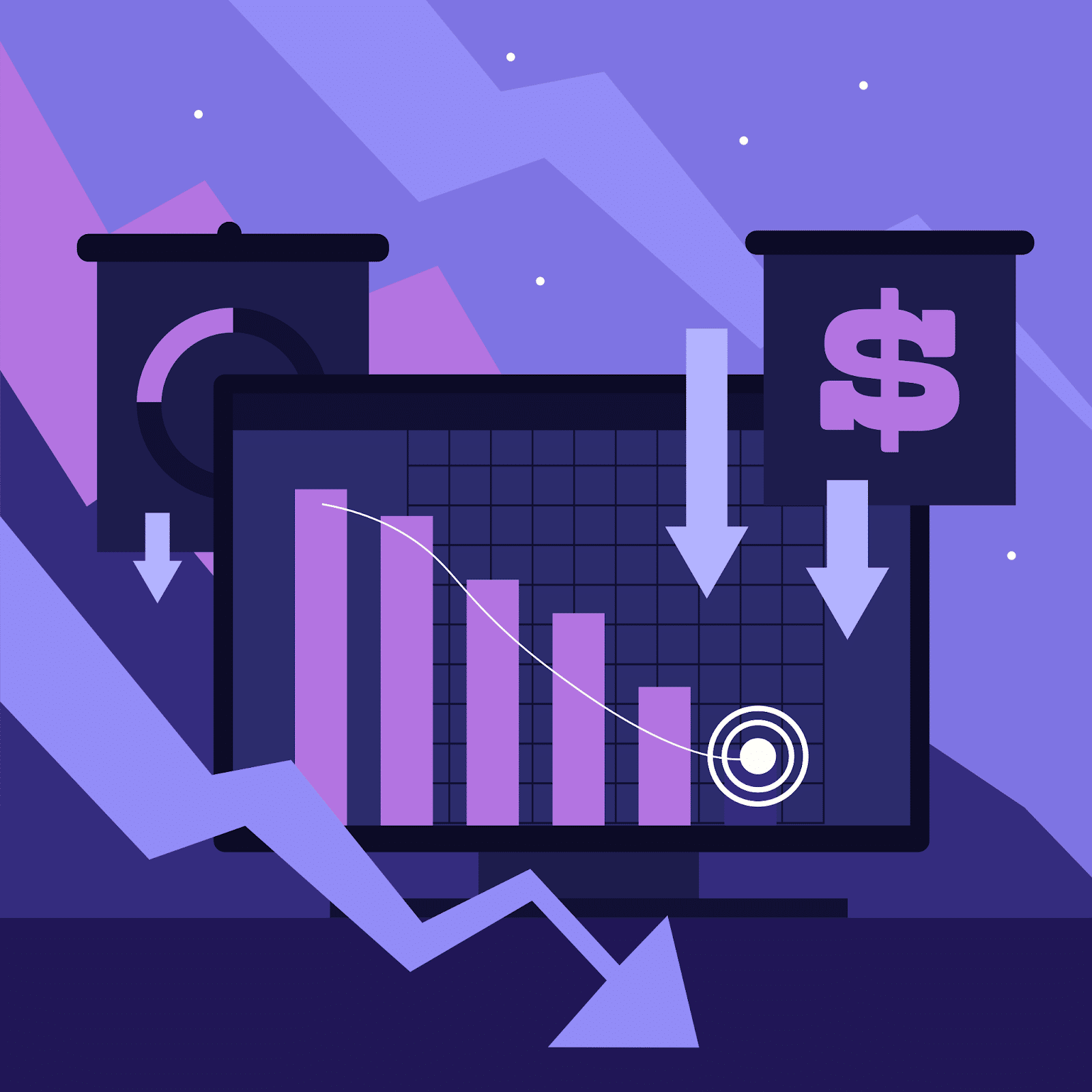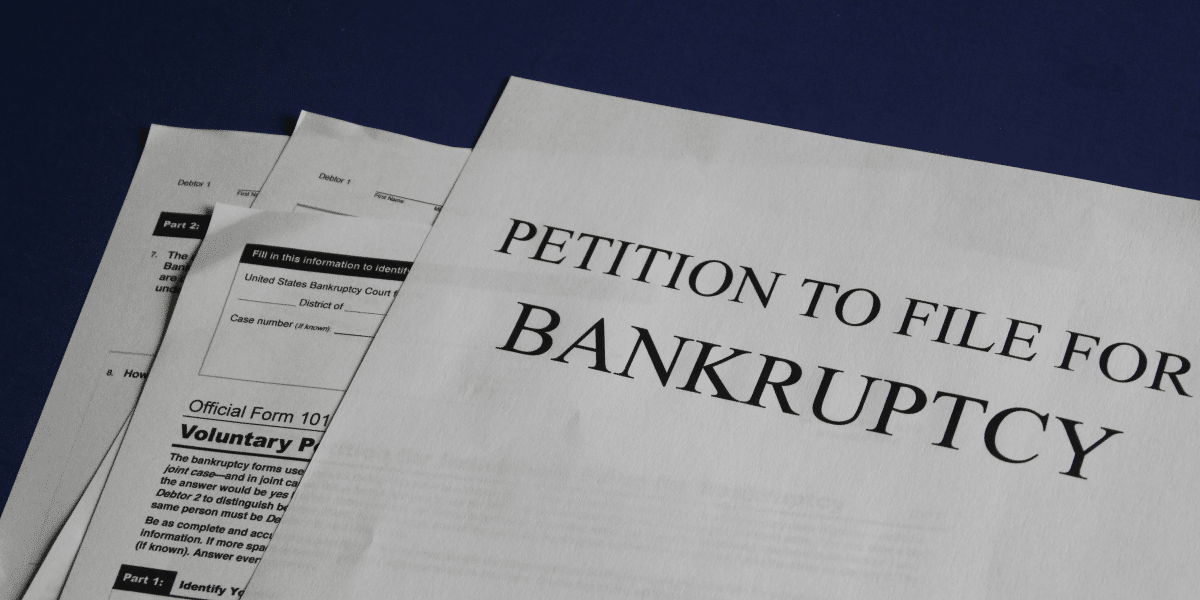Chapter 13 bankruptcy, also known as a “wage earner’s plan,” is a type of bankruptcy proceeding designed for individuals with regular income. It allows debtors to develop a plan to repay all or part of their debts over a three- to five-year period.
You should consider getting help to file Chapter 13 bankruptcy by consulting bankruptcy attorneys. Their expertise is crucial to dealing with any possible challenges that may arise.
Chapter 13 Bankruptcy Process: What to Expect
This process involves the following steps:
- Filing the Bankruptcy petition
- The Appointment of a Trustee
- The Means Test
- The Repayment Plan
- The 341 Meeting of Creditors
- Confirmation Hearing
- Making Payments
- Completion of the Plan and Discharge
Filing the Bankruptcy Petition
Once your attorney has obtained all the necessary documentation, a Chapter 13 bankruptcy petition may be filed on your behalf with the court. The petition includes:
- A proposed plan of repayment by you
- Financial statements
- A credit counseling certificate
An automatic filing date enacts the automatic stay of creditors. This means that creditors can no longer attempt to collect any debt through wage garnishment, foreclosure, repossession, etc.
The Appointment of a Trustee
Once you have filed your petition, the court will assign a Chapter 13 trustee to oversee your case. This trustee is appointed to do the following:
- Assess your proposed plan of repayment
- Make distributions to your creditors when your plan is confirmed
- Conduct the 341 Meeting of Creditors (described below)
The Means Test
Although there are no income restrictions in Chapter 13 bankruptcy as in Chapter 7, you will still need to take a means test to determine your qualification for filing Chapter 13 bankruptcy. It will compare your income with the median level in your state. If it is too low or too high, it may affect your repayment plan one way or another.
The Repayment Plan
The backbone of any Chapter 13 bankruptcy is the repayment plan that has to be filed with your petition or within 14 days after filing. The plan will detail how you intend to repay certain debts over a 3- or 5-year period, depending on your income and debt amount.
Here’s what typically happens:
- Priority debts (like taxes, child support, and alimony) must be fully repaid.
- Secured debts (like a mortgage or car loan) must be repaid if you want to keep the asset.
- Unsecured debts (like credit cards and medical bills) need not be repaid in full, depending on your disposable income.
It is essential to consult your attorney to prepare a repayment plan that fits your budget while satisfying your legal obligations.
The 341 Meeting of Creditors
After filing, in about 20 to 40 days, you will have to attend a 341 Meeting of Creditors. It’s an informal meeting where the trustee and creditors have an opportunity to question you about your finances, assets, and proposed repayment plan.
The creditors can attend, though they rarely do. The primary objective is to determine if the repayment plan is feasible and accurate. This meeting is often straightforward and your attorney can prepare you for it.
Confirmation Hearing
After the 341 Meeting, the court sets a date for a confirmation hearing to confirm your repayment plan. Creditors can object to the plan, but that rarely happens if the attorney has prepared the documents correctly. If the court confirms the plan, you start making the payments outlined in the plan.
The length of your plan can be:
- 3 years if your income is below the state median
- 5 years if your income is above the state median
Making Payments
When your repayment plan is confirmed, you start making regular payments to the trustee, who distributes money to your creditors. You have to make these payments throughout the tenure of the plan (3 to 5 years). Failure to pay may lead to the dismissal of your case and deprivation of bankruptcy protection.
Completion of the Plan and Discharge
After you complete your repayment plan, any remaining debts will be discharged. Meaning you do not have any further legal obligation to pay it. Priority and secured debts are often paid in full. Unsecured debts may be partially or fully discharged under your plan.
Certain debts, such as student loans and tax obligations, are generally nondischargeable, meaning you’ll need to pay them even after declaring bankruptcy.

Conclusion
Filing for bankruptcy is a significant financial decision, but it can provide a path to financial stability and relief from overwhelming debt. By working with an experienced bankruptcy attorney, you can navigate the legal process and create a manageable repayment plan that allows you to keep your assets and eventually pay off your debts.
Published by: Nelly Chavez



















